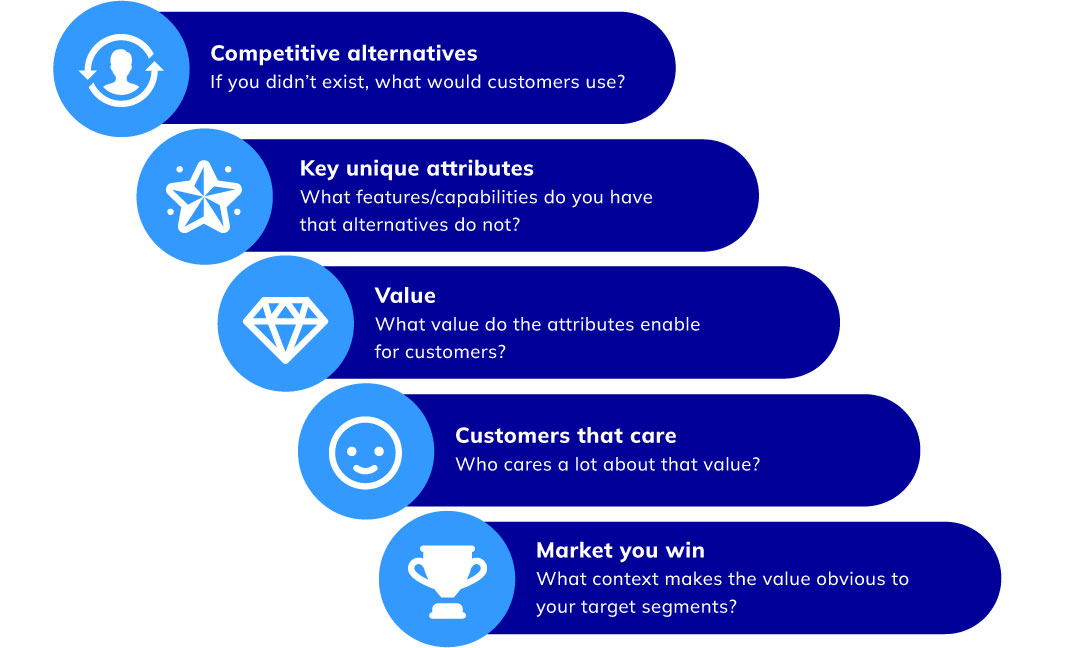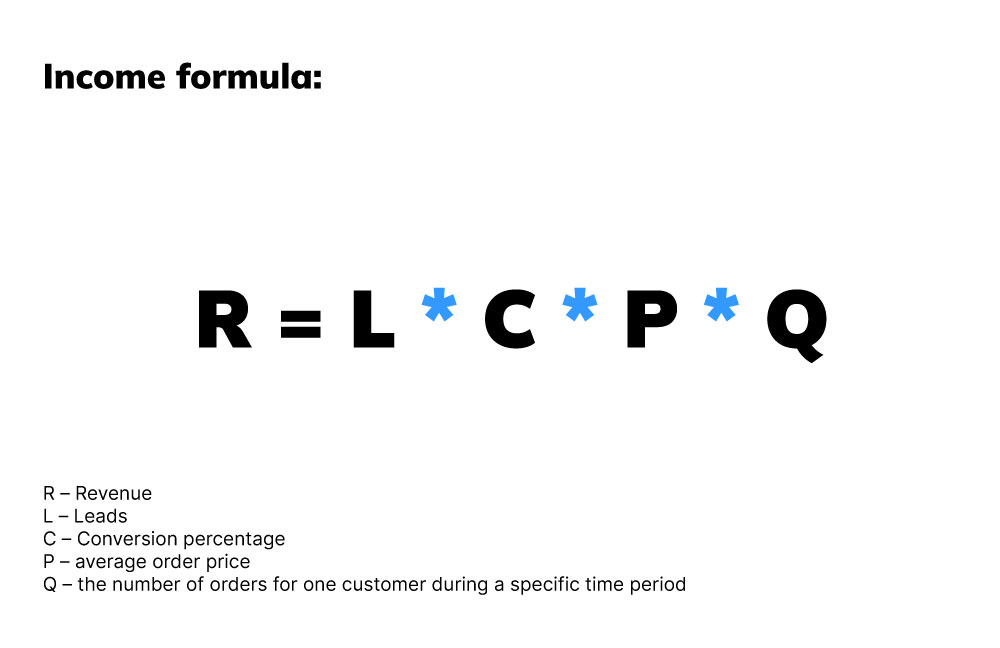How to start an online business in 5 steps

About Audrius Lučiūnas
If the name Audrius Lučiūnas is new to you, here are a few facts about him and what makes his advice invaluable. He is:
- a co-owner of Paysera
- the owner of optics chain Zinky and online store gerilesiai.lt
- a speaker for the educational session series E-commerce Talks
- an e-commerce expert with 15+ years of experience
Today, Audrius will guide you through the process of starting an online business, or running an online store, to be more precise.
Let’s dive in!
Step 1. Define your business direction
Let’s start from the beginning. If you intend to lead your business in the right direction, you need to know which direction it is in the first place.
Let’s start with an easy question: will you sell your own products (D2C – Direct to Consumer) or will you sell products that are created by others (B2C – Business to Consumer)?
As soon as you can answer this question, you can create a strategy for specific matters accordingly:
- Which platform you will be using to sell. E.g. Amazon, Shopify, or creating your own.
- How you will deliver the product. Consider your product’s weight, dimensions, and other important factors.
- How you will collect payments. The most secure and user-friendly method would be to offer different payment options in one system, this service is also known as a payment gateway. There are many different options to do so and Paysera Checkout is one of them – trusted by more than 13k e-shops, no less!
Step 2. Communication strategy and driving the first sales
Ready for the first sales? Don’t worry, we’ll get there! But first, you need a communication strategy that will make the right customers come to you.
Positioning your business
Let’s start with positioning that will emphasise what makes your business different and unique. Here’s a very useful April Dunford model that will guide you through it. All you need to do is answer the following questions – these are your selling points!

Customer Segmentation
So you know your value, that’s great! But do you know who will be interested in what you have to offer?
When it comes to customer segmentation, it could be useful to create a buyer’s portrait based on demographics, such as gender, age range, location, family status, salary, and disposable income.
However, there’s a factor that’s even more important – your clients' behaviour.
Ideally, you’ll want to focus on people who are aware of a certain problem, know which product would solve it, as well as the fact that you have exactly what they need. However, that segment is not a big one, especially when you just started your online store.
This is why people who are aware of the problem and the solution, but not which product to use or where to buy it, are a great start. Your job in this case is to communicate convincingly why your products are the best solution for them.
First purchase
This leads us to the part that you’ve been waiting for – the very first purchase. In the beginning, you’ll want to eliminate the first buy fear, and the best way to do it is… by letting your potential customers try out your online store with as little risk as possible.
A great way to do this is by offering a first free sample or a consultation.
Step 3. Pricing strategy
Generally speaking, there are two rules of thumb that you’ll want to follow:
- Always explain why you’re cheaper or more expensive than identical products. Otherwise, your clients will come up with an explanation themselves, most likely a pessimistic one.
- Focus on increasing value for your customers instead of being the cheapest one on the market.
Step 4. Double your income with a simple formula
Take a look at the formula below.

In order to grow quickly, every factor in the formula must be raised. The most realistic way to achieve that is by increasing each one of them by 20%.
In order to increase:
- Leads – work with influencers
- Conversion – test your e-shop with different browsers, different screen sizes, mobile phones, and computers. In other words, fix all technical errors
- Price – use a cross-selling strategy and offer more discounts
- Quantity – offer loyalty programmes
Step 5. Business development
Selling lots of different products to many different customer segments at the same time is… chaotic, and it can get too complicated very quickly.
Here’s a better way to do it: start with one product category and one product segment at a time. In other words, pick a niche and provide quality to them.
When you have earned the trust and loyalty of your customers, start offering one more product type. As soon as the second product type is familiar and doing well, adapt the first product category to a new segment of customers.
In that way, you won’t spend too much money at once and everything will be easier to maintain.
Expanding abroad
Let’s say your new segment of customers is in another country. Here are the things that you need to consider before you take action.
Language barriers. Some people think that if their online store is in English, it’ll automatically work everywhere. Unfortunately, there are countries where English is not widely-spoken, therefore customers can get confused about the terms and choose to buy the same product from an online store that can offer localisation. And let’s not forget about the importance of customer service in local languages!
Delivery. The delivery process abroad used to be a headache for many. Luckily, nowadays, it’s not that big of a deal and quite easy to solve. What you can do is use a 3PL service (3rd party logistics). That way, a local company can store your products, send them out, and in some cases even deliver them. This will speed up the process immensely.
How to collect money. This requires some research on a specific country, but most countries have options to choose from.
How to advertise your business. The things that make your product unique locally might be already common in another country, which is why you should create a strategy on how you will present your business and what makes you unique in the country you want to enter.
Stay tuned for more
We hope that this walkthrough on how to start an online business was helpful to you! Starting an online business is no small feat, but luckily there are many experts out there who are eager to share their knowledge and experience with you.
Be sure to follow us on social media, as there will be more helpful and e-commerce-related content!


